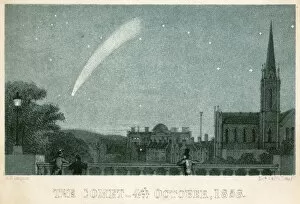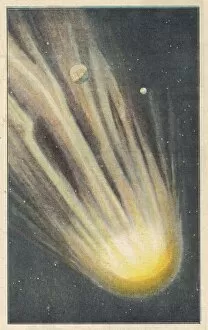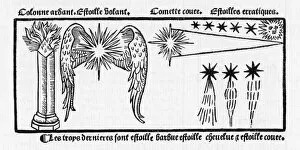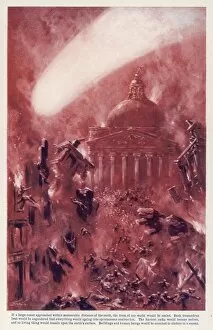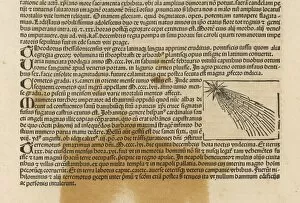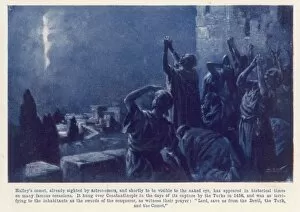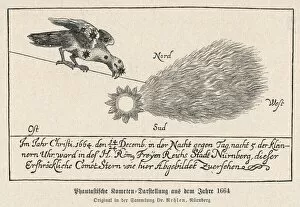Comets Collection (page 4)
Comets have long fascinated humanity, captivating our imaginations and sparking curiosity about the vastness of the universe
All Professionally Made to Order for Quick Shipping
Comets have long fascinated humanity, captivating our imaginations and sparking curiosity about the vastness of the universe. From Halleys Comet as it appeared in 1910 to the Hale-Bopp comet that graced our skies in 1997, these celestial wonders have left an indelible mark on history. In 1853, a solar system map was created, providing us with a glimpse into the intricate dance of planets and comets. It was during this time that the Heidelberg Comet made its appearance in 1618, leaving astronomers awestruck by its beauty and mystery. The Panspermia theory of life suggests that comets may have played a crucial role in seeding life on Earth. This notion adds another layer of wonder to these cosmic wanderers, making them even more intriguing. As we delve deeper into history, we encounter notable comets such as the August 1921 comet and Winchester Comet of 1811. These events became significant milestones for scientific observation and understanding. Artistic interpretations also found their place among cometary fascination. The Grandville/Comet artwork showcases how these celestial bodies inspired creativity beyond scientific realms. Even politics couldn't escape the influence of comets. In 1909, "THE GREAT POLITICAL COMET" satire emerged as Halley's comet approached once again, highlighting how these astronomical occurrences can capture public attention like no other phenomenon. From Hampstead Heath in London to Southern England's vantage point, people from all walks of life marveled at Halley's Comet over different periods throughout history. Its return every seventy-six years has become an eagerly anticipated event for stargazers worldwide. Comets continue to remind us just how small we are within this vast cosmos while igniting our sense of wonderment and inspiring further exploration into space.





